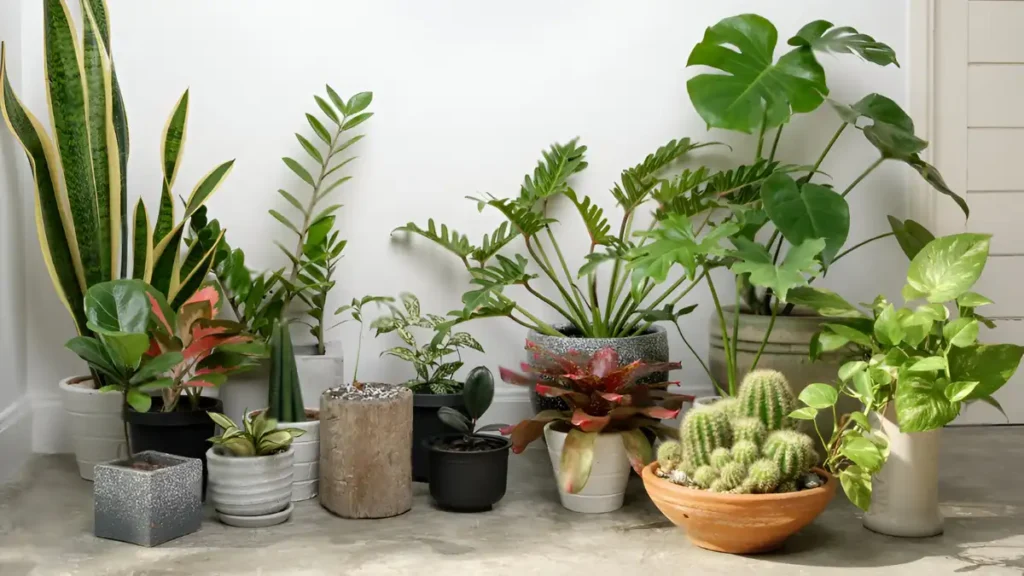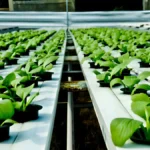Including plants indoors improves the beauty of the area while also improving the air quality and general health. However, only some indoor spaces have abundant natural light, which might make some plant species difficult to keep alive. Thanks to the abundance of indoor plants that survive in low light, you can bring nature within, even in the darkest corners of your house or office. We’ll look at some of the best indoor plants for low-light conditions in this article.
8 best indoor plants for low light conditions:
- Snake Plant (Sansevieria): is well-suited for low-light environments due to its resilience and capacity to flourish in nearly any lighting circumstance. It can easily withstand neglect and needs very little attention.
- Chinese Evergreen (Aglaonema): These evergreens can withstand low light levels and have very pleasing variegated foliage. They require little upkeep as well.
- ZZ Plant (Zamioculcas zamiifolia): Another hardy plant that can withstand low light, the ZZ plant has glossy, dark green leaves that are resistant to drought.
- The Parlor Palm (Chamaedorea elegans) is a tiny plant that thrives in low light, making it a great choice for bringing some greenery into dimly lit areas.

- Spathiphyllum, or peace lily, is a plant prized for its exquisite white blossoms and rich green foliage. They can function well in low light and contribute to air purification.
- Philodendron: Heartleaf philodendron (Philodendron hederaceum) and sweetheart plant (Philodendron scandens) are two of the philodendron kinds that can grow in low light.
- Spider Plant (Chlorophytum comosum): Spider plants are easy to maintain and can survive in low to moderate light levels. They are excellent for multiplication because they produce spiderettes, which are offshoots.
- Pothos (Epipremnum aureum) is a versatile plant that can endure low light but also thrives in moderate to bright indirect light. It features heart-shaped leaves on cascading vines.
Conclusion:
To summarize, choosing the best indoor plants for low-light situations can significantly improve the ambiance and air quality of your room. Upon evaluation of attributes including maintenance-friendliness, visual appeal, and ability to purify air, a few exceptional choices become apparent. Ultimately, it’s important to take into account aspects like your level of care commitment, personal tastes, and space limits when choosing indoor plants for low-light settings. Even the most gloomy areas of your house may come alive with greens when you choose the appropriate plants for them.
Certainly! If you’d like to learn more, please consider following our WhatsApp Channel: Harvest Gardening
A frequently asked questions:
Q1: Can I use artificial light for indoor plants in low-light conditions?
A1: Indeed, artificial light can be added to natural light to support indoor plant growth in low-light conditions. An increasingly common option for supplying the light spectrum required for plant growth is an LED grow lamp.
Q2: What are the best indoor plants for clean air?
A2: Peace lilies and snake plants are the finest indoor plants for cleaning the air. They help eliminate typical indoor pollutants like ammonia and xylene. Peace lilies effectively remove formaldehyde and benzene toxins, while snake plants filter out these pollutants renowned for their capacity.
Q3: What are the best indoor plants for health?
A3: Some of the greatest indoor plants for health are aloe vera, which is well-known for its air-purifying qualities and possible skin-soothing effects, and snake plants, which filter the air by eliminating pollutants.



